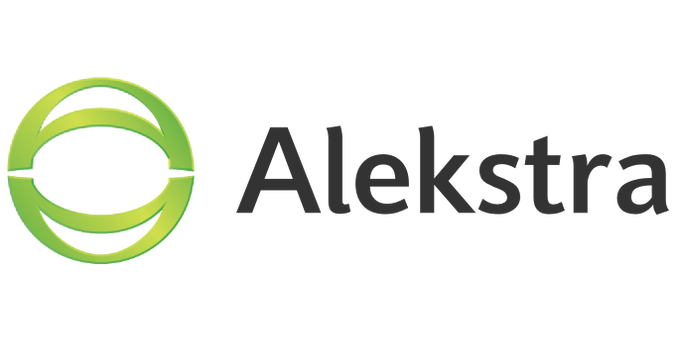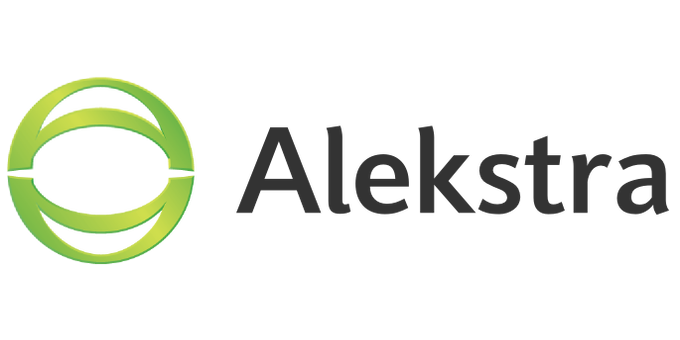The iPhone Price Spectrum in America Now Wider Than Ever
Last week, Virgin Mobile debuted its new iPhone price plan in America – and a fascinating experiment on consumer behavior is underway. Virgin’s cheapest iPhone plan is something of a gimmick – the cost is exceptionally low $30 per month, but you are only allotted 300 voice minutes. That’s 10 minutes per day, which is too little for the vast majority of consumers. But the $40 plan offers genuine value – 1’200 voice minutes and unlimited data that is throttled beyond 2.5 GB.
Verizon recently hiked its minimum smartphone monthly plan price from $70 to $90. It offers unlimited voice and texting, but a meager data package. The Verizon-Virgin smartphone price split is this summer’s biggest fault line in American mobile telephony.
We now have a $50 monthly gap between the cheapest and most expensive smartphone plans that offer decent amounts of voice, data and texting. The Virgin $40 plan and the Verizon $90 plan are not identical, because Verizon offers unlimited voice minutes. But for tens of millions of US consumers who speak less than 40 minutes per day on their mobile phones, that price differential is pretty dramatic.
It adds up to $600 a year – and $1’200 for Verizon’s two-year contract period.
What makes things interesting is the Virgin requirement to pay the unsubsidized price of the iPhone – $650 for the latest iPhone, $550 for the older one. In return, the consumer gets freed from the yoke of the two-year contract – the Virgin plan can be terminated at any point.
American consumers are addicted to steeply subsidized phones – $200 is the norm for a high-end phone, $100 increasingly familiar price point for some pretty impressive smartphones. Will people go for the cheaper option, even when it comes with a stiff up-front fee?
Until now, US phone buyers have remained notorious for accepting high monthly prices in exchange for cheap phones. But the price gap between two similar options has never been as high as it now is.




